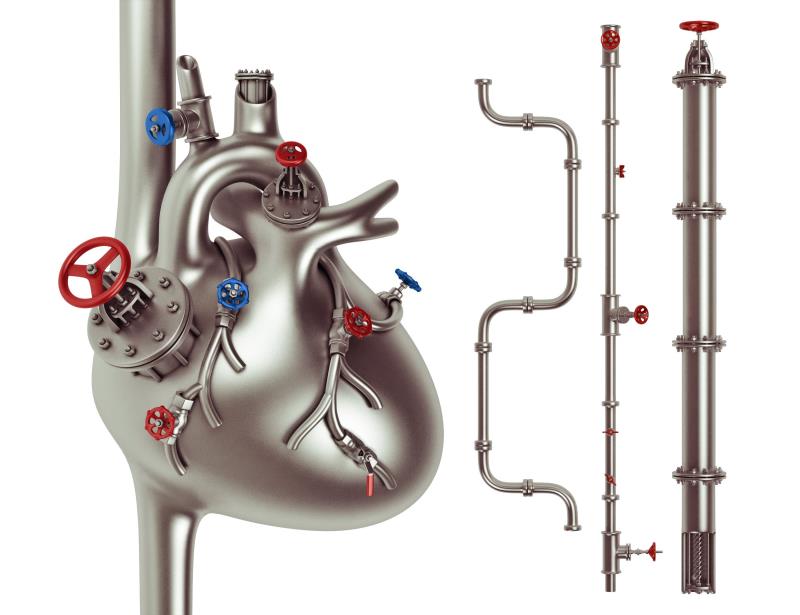
For patients undergoing CABG*, using a radial artery graft to create the second bypass conduit led to better 10-year survival and cardiovascular outcomes than using a saphenous vein grafting, according to the RADIAL** meta-analysis presented at the recent ACC.20/WCC Virtual Meeting.
“The choice of an artery or a vein to create the second bypass is one of the most important unresolved questions in contemporary bypass surgery,” said lead investigator Dr Mario Gaudino of Weill Cornell Medicine in New York, New York, US.
In scenarios requiring multiple bypasses, most heart surgeons preferred using the saphenous vein as the second bypass conduit. Gaudino noted that many surgeons resisted switching to the radial approach — despite recent guidelines recommending the radial artery over a saphenous vein for grafting — because this entails additional time and complexity to the bypass procedure.
“This study offers the first evidence from randomized trials to show that patients live longer and have better outcomes when surgeons use the radial artery instead of the saphenous vein to create the second bypass,” Gaudino highlighted.
After a median follow-up of 10 years, patients who received radial CABG had a significant 27 percent lower incidence of the composite primary outcome of death, myocardial infarction (MI), and repeat revascularization than those who had a saphenous vein graft (hazard ratio [HR], 0.73; p<0.001). [ACC.20/WCC, session 410-11]
The secondary composite outcome of death and MI was also significantly reduced by 23 percent with CABG using radial artery over saphenous vein (HR, 0.77; p=0.01).
Interestingly, a subgroup analysis showed that women benefited more than men from the radial approach, in terms of a greater risk reduction in the primary composite outcome (HR, 0.51; 95 percent confidence interval [CI], 0.36–0.72 vs HR, 0.84; 95 percent CI, 0.68–1.05).
Unlike the previous 5-year data which showed no difference in survival, analysis at 10 years revealed a significant reduction in death rates by 27 percent in the radial CABG arm vs saphenous vein grafting (HR, 0.73; p=0.01).
Similarly, the rates of the individual components of MI (HR, 0.74; p=0.06) and repeat revascularization (HR, 0.62; p=0.004) were also lower in patients receiving grafting with radial artery over saphenous vein, although the difference was only significant for repeat revascularization.
Potentially practice changing
Calling the data “potentially practice changing”, invited discussant Dr Deepak Bhatt of Brigham and Women’s Hospital in Boston, Massachusetts, US, said the findings were consistent with evidence from observational studies.
When asked whether using radial artery for CABG would limit the access for PCI*** to the femoral route — should patients needed a repeat catheterization in the future — and vice versa, that having a transradial PCI would obviate its utility for future CABG, Gaudino responded that it all boils down to a “shared decision-making.”
As heart surgeons and interventionalists have different preferences based on their goals, according to Gaudino who noted that there are two radial arteries available anyway, interventional cardiologists typically prefer the right radial artery while surgeons generally prefer the left as it is easier to harvest together with the interior thoracic artery on the left.
“[In general,] the message is that the [interventional] cardiologists need to be aware of the potential benefits of using the conduits for CABG, and surgeons need to be aware of the advantage of the transradial approach, and then join in [a] shared decision-making,” he said.
As the findings came from a pooled patient-level analysis of five relatively small trials (n=1,036, mean age 67 years, 70 percent male), Gaudino suggested larger trials are needed to validate the findings.
“These results are important, but they do not give us a final answer,” which he hopes would be answered by the ongoing ROMA trial.